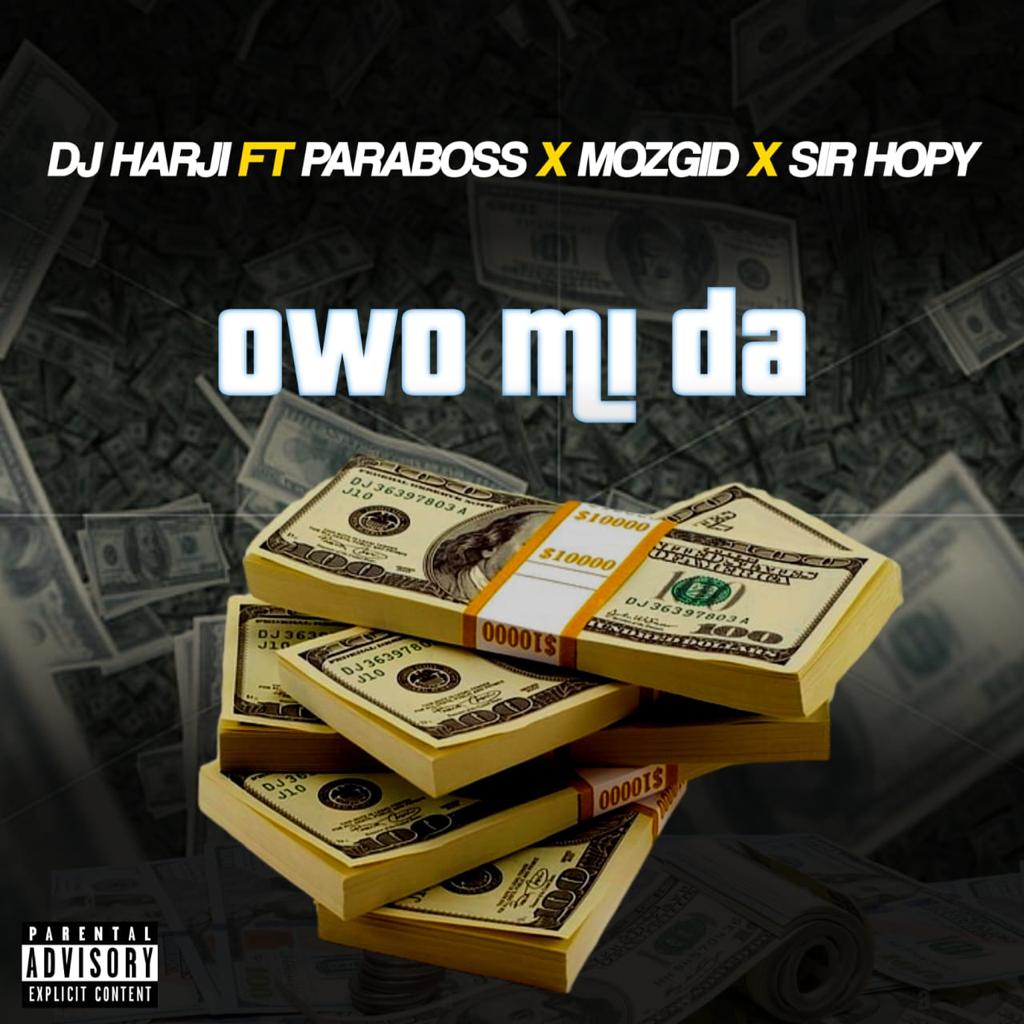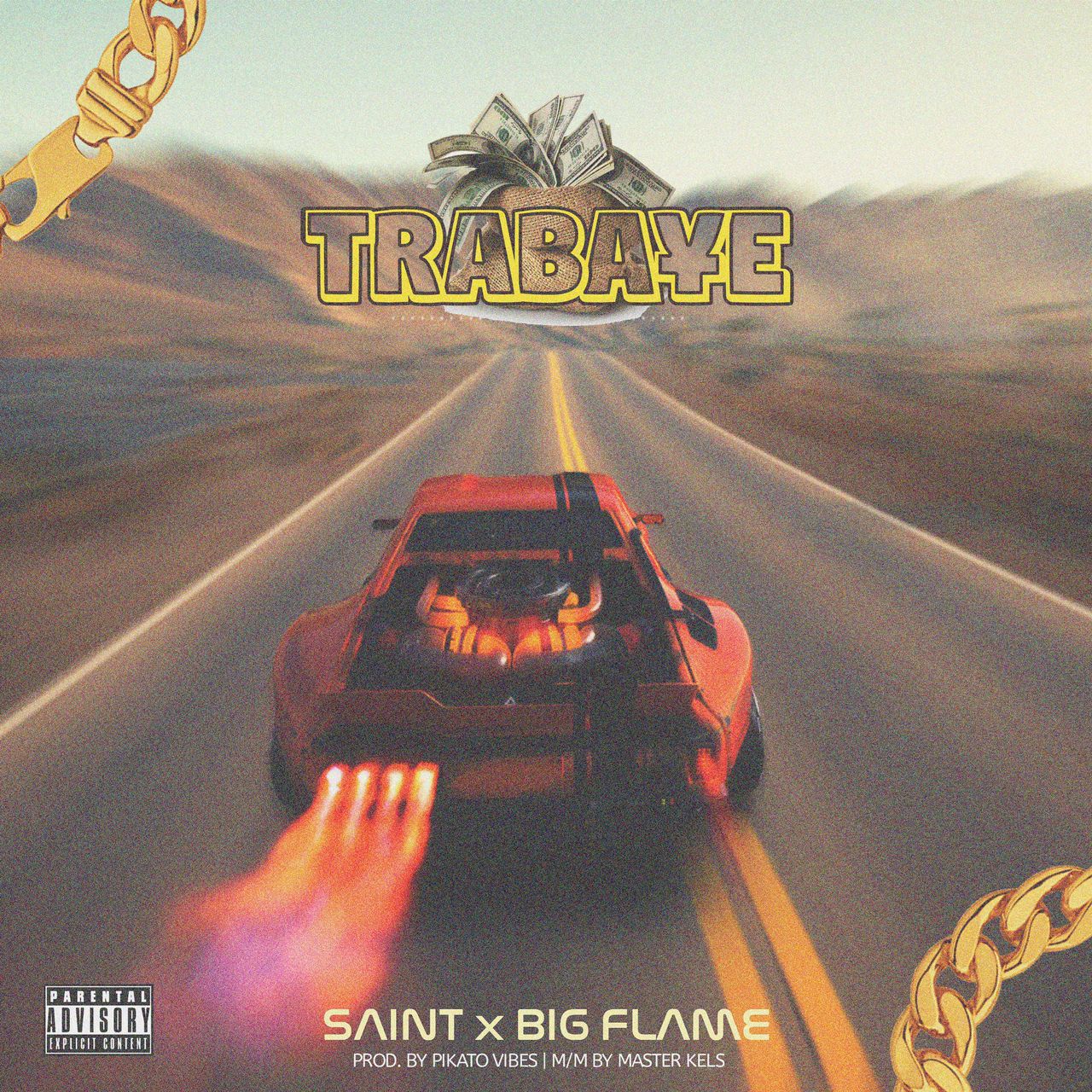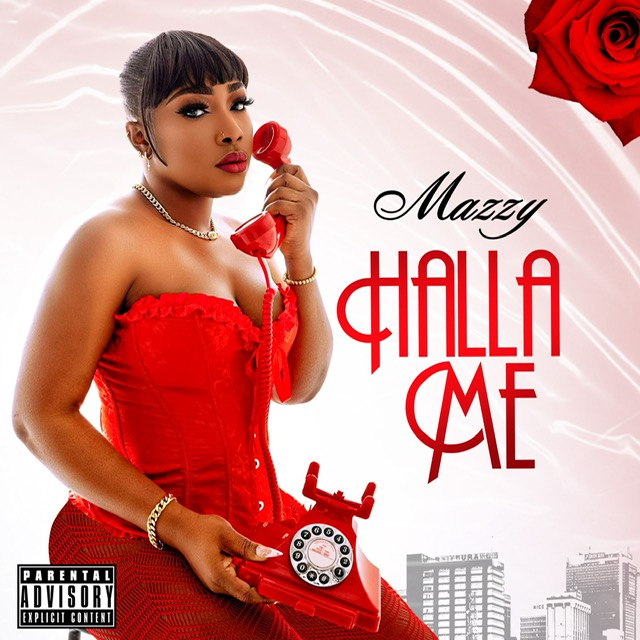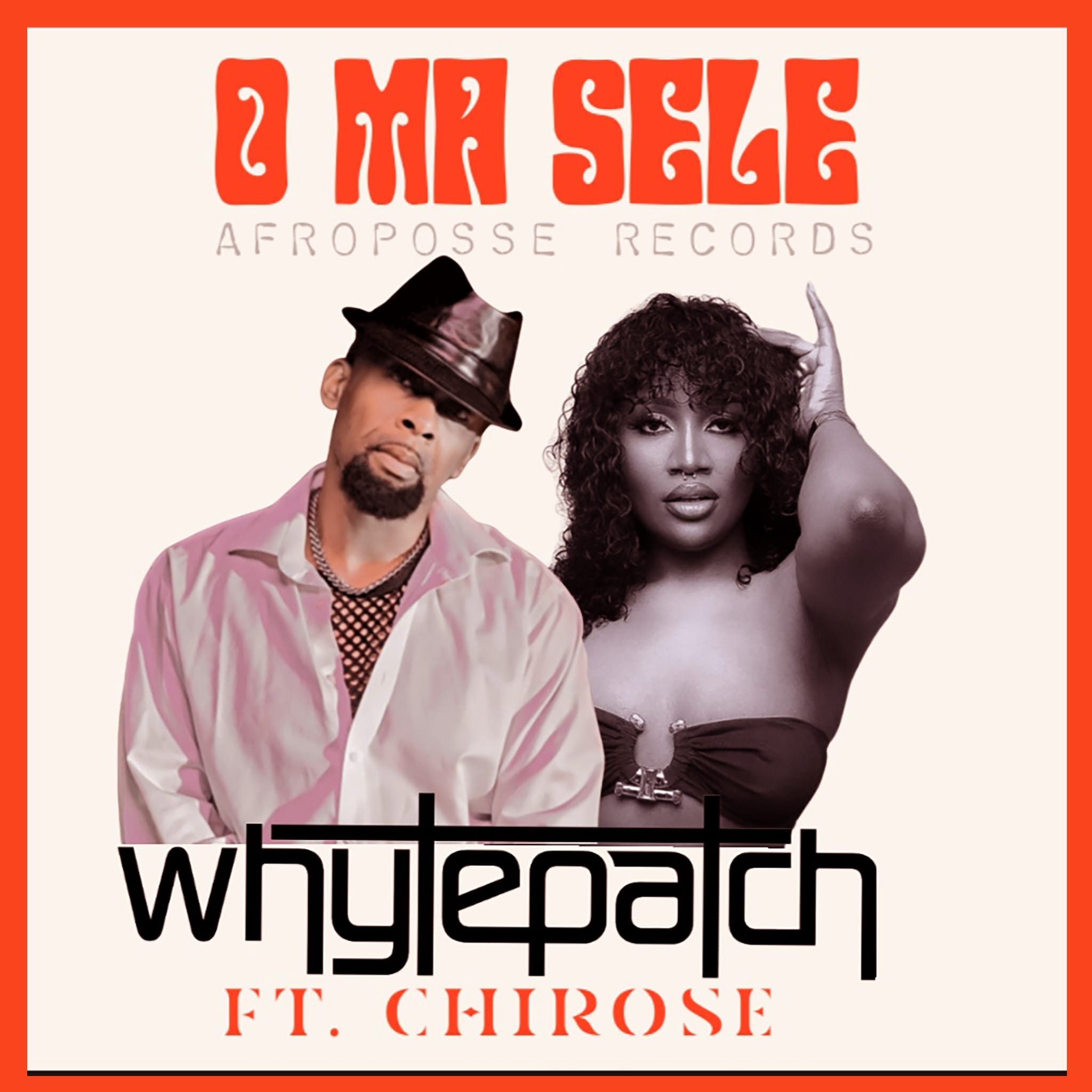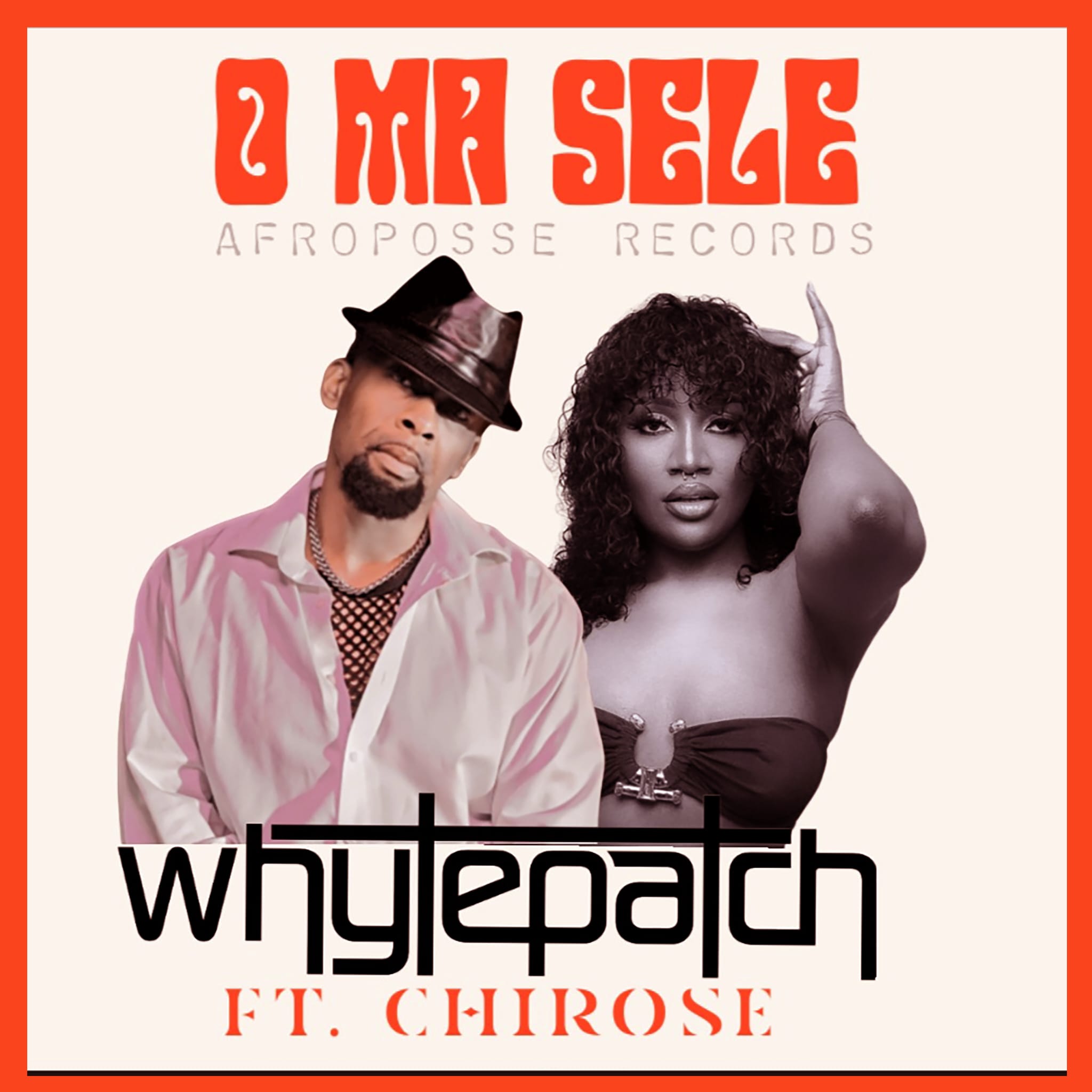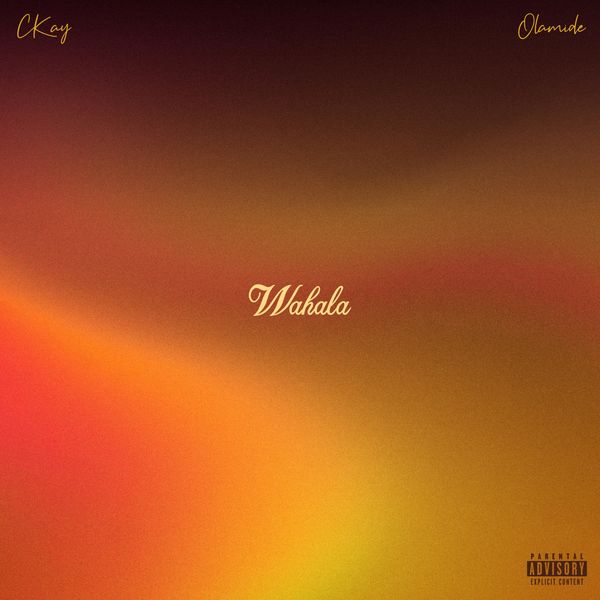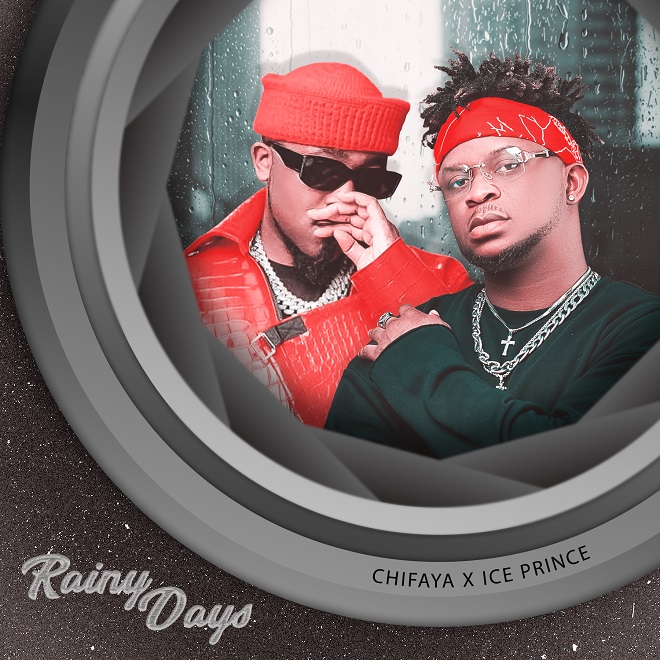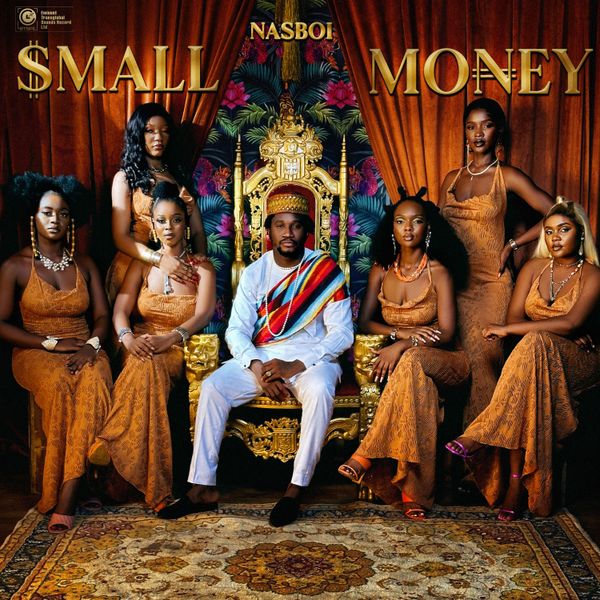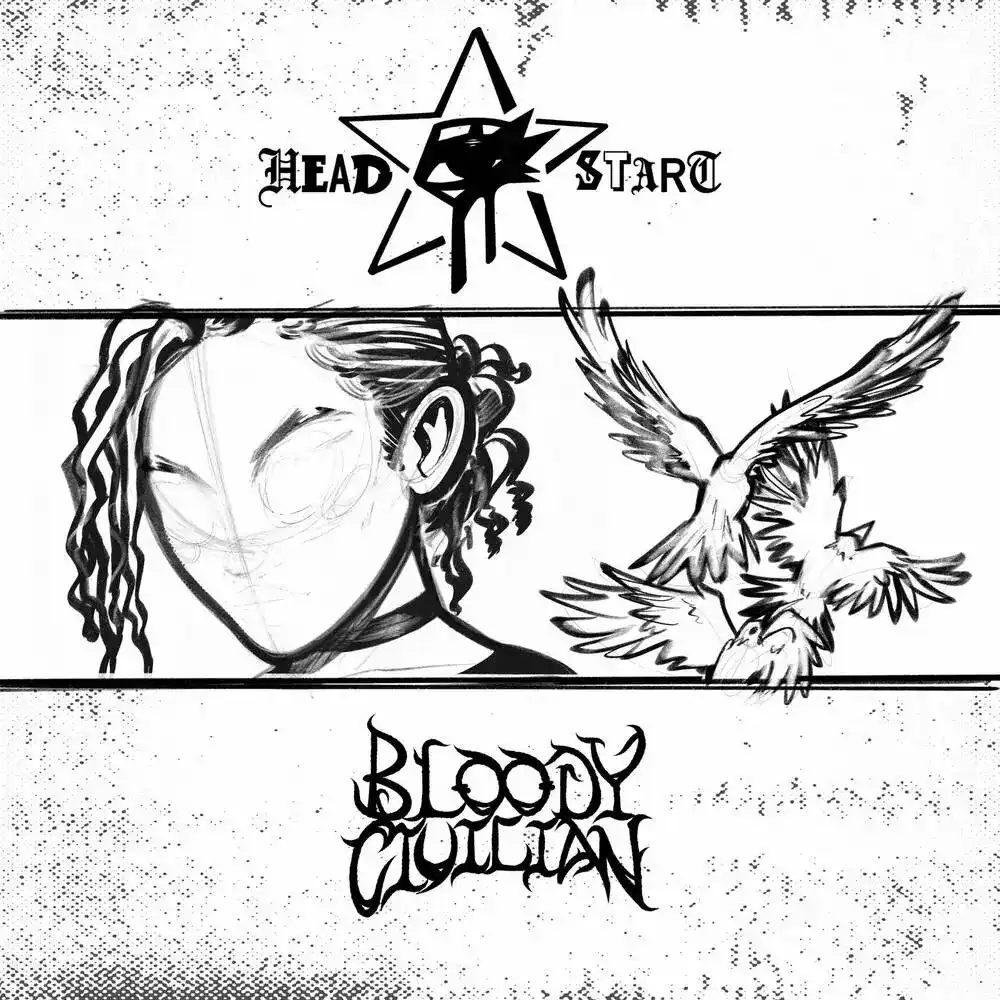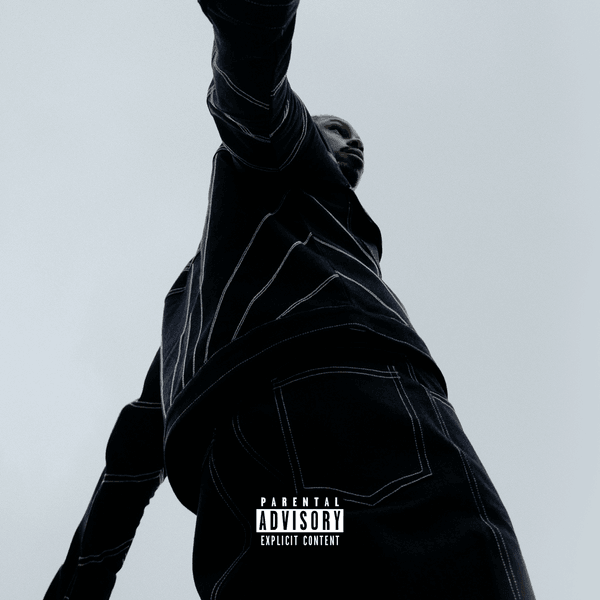Music From the 90s To The 2020s Are The Best: Here’s Why
 The evolution of music trends has been an interesting journey, tracing the ebbs and flows of popular music over the decades. Starting from the 90s, we can appreciate the awe and momentum of the time, as established music industry pillars such as rock, grunge and alternative remained at the forefront. Chances are that you named your 20Bet login after a popular grunge song from your childhood!
The evolution of music trends has been an interesting journey, tracing the ebbs and flows of popular music over the decades. Starting from the 90s, we can appreciate the awe and momentum of the time, as established music industry pillars such as rock, grunge and alternative remained at the forefront. Chances are that you named your 20Bet login after a popular grunge song from your childhood!
The Start in the 90s
The 90s saw a diverse range of music emerge. Hip hop, in particular, played an integral role in the decade. It was the driving force behind genres such as West Coast G-Funk and East Coast Gangsta rap. Artists like Dr. Dre, Snoop Dog, Tupac, and The Fugees dominated the charts and popular culture, pioneering the expansion of rap music. When alternative rock took off in the middle of the decade, it spurred the development of grunge and evoked powerful emotions, with lyrics often reflecting on the state of the world. Nirvana, Pearl Jam, and Soundgarden were all critically acclaimed. To this day, their influence can still be heard in the music of contemporary artists.
The Boom of the 2000s
During the 2000s, music began to diversify and pushed boundaries in new directions. Artists like Jay Z, Eminem, 50 Cent, and Outkast became household names. Pop music gradually increased its presence, propelling the likes of Britney Spears, the Backstreet Boys, Madonna and Kelly Clarkson to fame. EDM phenomenon and electronic dance music began to gain recognition at the tail end of the decade, cementing its position in the industry with DJs such as Skrillex and Avicii climbing to the top of the charts.
The Teen Nostalgia of the 2010s
The 2010s were met with a wide spectrum of music genres. Dubstep, trap and future bass all emerged, distancing themselves from prior EDM styles. Pop music became more experimental, influencing the likes of punk-pop, tropical and urban pop. Furthermore, the influence of hip-hop and rap extended beyond the waves of the decade with artists such as Drake, Kanye West, and Travis Scott all heavily impacting popular music.
What We Now Listen to in the 2020s
Today, music trends have shifted to encompass multiple genres, with a much more even distribution of dominance. Pop, rap, rock, and EDM have a continued presence, often blended together to create eclectic combinations. A mixture of established and fresh stars have proven to be immensely successful, including Billie Eilish, Taylor Swift, Migos, and Cardi B.
One of the biggest trends that have been seen in music since the start of the 2020s has been the rise of new music genres. Music genres have always been subject to periodic change and reinterpretation, but this trend is especially evident in recent years. We are seeing the rise of more niche genres such as seapunk, vaporwave, and vaporware witch house, as well as the revival of dormant ones like early 2000s emo and punk. This trend allows us to explore new sounds and revitalize old ones, creating some truly unique and innovative music.
Another trend that is noticeable in music right now is the move away from the hegemony of mainstream record companies. In the past, mainstream labels had virtually total control over the production and distribution of music. This allowed them to decide what kind of music would be popular while neglecting or even suppressing those that were outside of their preferred genre. However, this hegemony is being eroded as more and more independent musicians, producers, and labels are choosing to release their music directly to the public. This is allowing for a more diverse range of music to flourish, with consumers having more freedom to choose the type of music they want to listen to.
Accessibility of Music
The ubiquity of streaming services has also played a major role in changing the landscape of music. Streaming services such as Spotify and Apple Music are more user-friendly and cost-effective than physical mediums such as CDs and types of vinyl. This has meant that more and more people are able to access and listen to the music they want to hear, without having to leave their homes. This has had a massive impact on the industry, with smaller, independent acts often finding success on these platforms.
The ever-evolving landscape of music trends has taken us through a variety of styles. From the rock and alternative of the 90s to the pop and rap of the 2000s, to the EDM and trap of the 2010s, the industry has almost always been leading the storm of modern trends. As our tastes continue to expand, the music industry focuses on creating works that provoke emotion, inspire thought, and make sure we’re always dancing.

